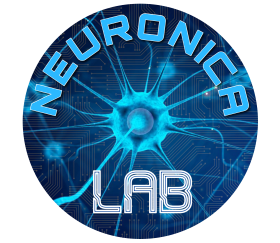Nowadays technology and especially smartphones have pervaded our daily life. In all areas, apps are developed to facilitate the small and big problems present in our daily life. Particular attention is being given to devices that control the vital parameters of the human body, especially cardiac functions. A major limitation of these devices is the impossibility of acquiring blood pressure without the use of the sphygmomanometer. The project described in this thesis develops an application to be combined with a wearable device to acquire vital parameters such as electrocardiogram, plethysmography and blood pressure. In particular, the purpose of the thesis focuses on the development of the PulsEcg app, previously created by the Department of Electronics and Communication (DET) of the Polytechnic of Turin, refining the APIs and services already implemented and adding others. The device, also called PulsEcg, has the appearance of a watch in which there are two electrodes, one placed in contact with the wrist and the other positioned at the top where the finger of the other hand is placed. With this configuration, a potential difference can be measured that represents the electrocardiogram signal. In addition, on the device, in the position adjacent to the upper electrode, there is a sensor for measuring photoplethysmography. These signals are sent to the app by means of a Bluetooth 4.0 (Low Energy) connection and processed using specific methods developed ad hoc. From the signals, suitably cleaned of the noise, the heart rate and blood saturation values are derived. In addition, the ECG and the PPG are depicted on millimeter graphs. In conclusion, through an accurate study of the trend of the curve, it is possible to identify a possible atrial fibrillation and, with the use of a neural network, calculate the systolic and diastolic pressure. The project is designed for the widest possible dissemination in the population, for these reasons particular attention has been paid to making the app design as user-friendly as possible. The final part of the thesis focused on the generation and compilation of documents useful for starting a data acquisition campaign. The aim of the latter is to ascertain the accuracy and reliability of the signals acquired on a sample of heterogeneous volunteers with respect to age, pathologies and gender.
AUTHOR: Davide Terranova
ADVISORS: Eros Gian Alessandro Pasero, Vincenzo Randazzo
DEGREE COURSE: Master’s Degree in Computer Engineering
ACADEMIC YEAR: 2021/2022
